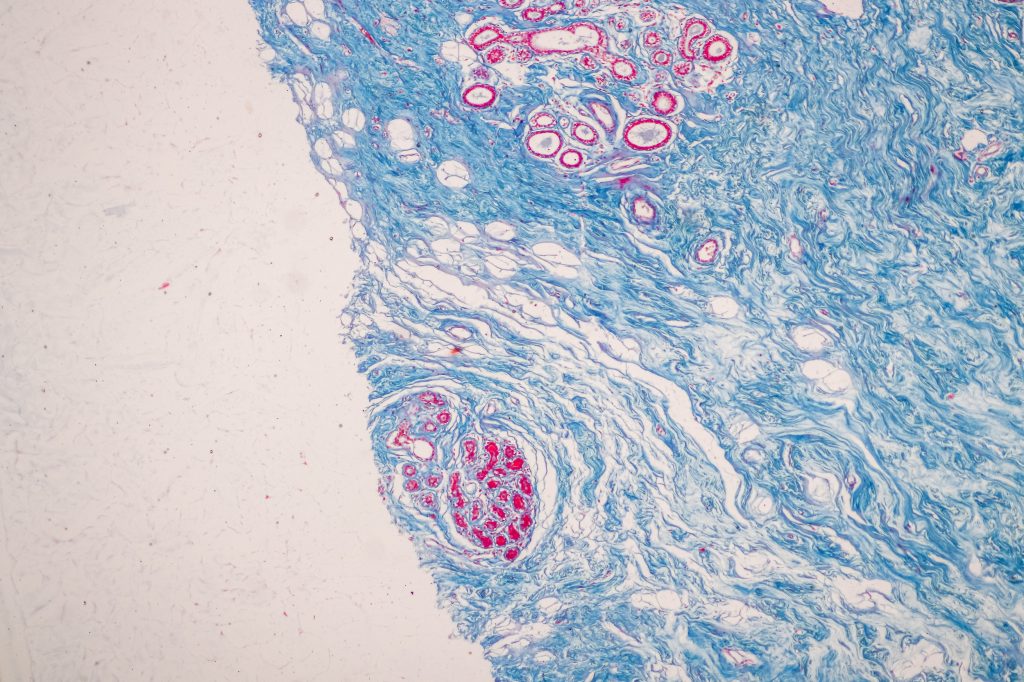Clinical research is “research carried out in humans aiming to improve health”. Its purpose is to improve knowledge of a disease, of a method of investigation or treatment and it is essential for any progress in medicine.


If a molecule appears to be promising for human application, it must then be tested in a clinical setting where its effectiveness and toxicity will be verified. Clinical studies follow a strict methodology regulated by law and can only take place under specific conditions.
The objective is to verify the experimental hypotheses, verify safety (tolerance and toxicity), determine the optimal dose and identify side effects. Constant medical surveillance is carried out on a very small number (between 20 and 80) of healthy subjects or patients in whom all other treatments have proved ineffective. If the drug is deemed safe in Phase 1, it moves to Phase 2.
It allows to determine its effectiveness in treating the condition and to further evaluate safety. The treatment is given to more people (100-300). The aim is to determine the minimum dose of the new drug to achieve therapeutic action and the maximum dose that is non-toxic to humans. It usually takes place in a hospital setting so that close medical supervision of the participants can take place. If the drug appears to be effective and safe in Phase 2, it moves on to Phase 3.
It helps to confirm the effectiveness of the drug, monitor long-term side effects, and collect information to ensure safe use. It is conducted in several locations and thousands of participants receive the treatment. The researchers compare these results with a group that receives the standard treatment or a placebo if no standard therapy exists. The results of phase 3 influence the government authorities’ decision to authorize the treatment.
A fourth phase is sometimes conducted after the drug or treatment is available on the market. This phase collects long-term information about the drug once it is marketed in order to detect side effects, complications or harmful consequences of drug interactions, which have not been detected until then. The goal is to gain more knowledge about the drug or treatment under the real conditions of use by tens of thousands of people. This is referred to as pharmacovigilance.
Improving the fight against breast cancer by increasing access to and participation in clinical research studies.
In order to make the text more readable, patients is used in the feminine form since breast cancer mainly affects women.
Website conception and design | Cobbox